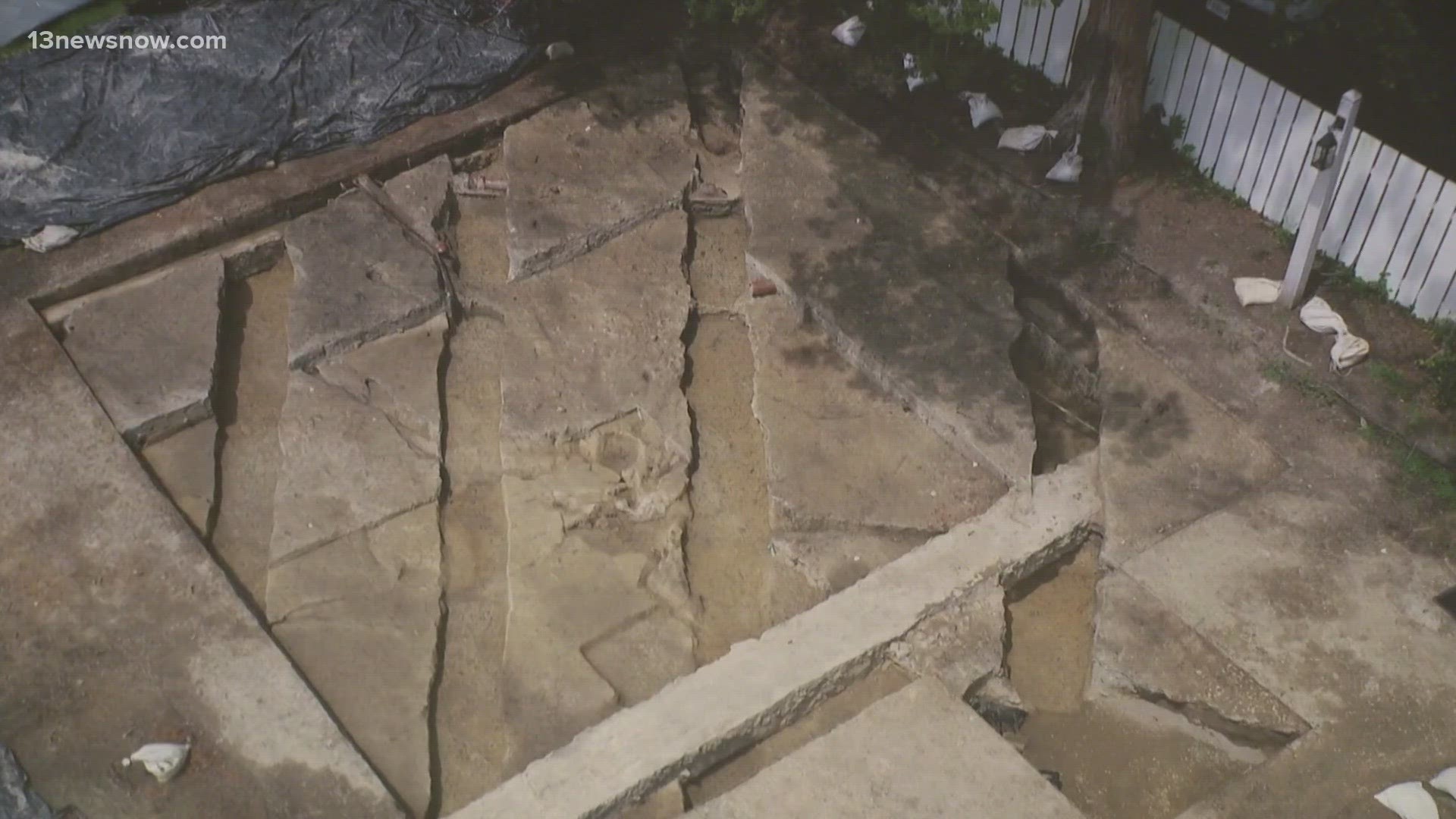WILLIAMSBURG, Va. — After more than a year, descendants of one of the oldest black churches in the country finally have the answers they've been waiting for.
Thursday, scientists revealed DNA, archaeological and osteological analysis of human remains found during excavation at the site of the historic First Baptist Church in Williamsburg.
Free and enslaved African-Americans formed the church in 1776, and since 2021, archaeologists with Colonial Williamsburg have excavated the site of the church at the corner of Nassau Street.
In that span, scientists discovered the church's original buildings, which date back to the 1800s, hundreds of thousands of artifacts, and dozens of graves.
"One said do these bones live, well they do live. And this helps connect the dots,” said descendant Carlon Lassiter.
Lassiter is among dozens of descendants who traveled from near and far to witness the presentation in the Stryker Center Thursday.
When the First Baptist Church descendant community gave scientists permission to exhume some human remains last March, scientists had discovered roughly 30 burial sites.
Now, Jack Gary, Colonial Williamsburg Foundation archaeology director, confirmed his team found 63 burials.
Scientists studied the human remains of three of those burial sites.
"Some of these individuals...likely were part of the generation that built the first meeting house on Nassau Street," said Gary.
Testing results determined the remains belong to two men, between the ages of 35 and 45 years old, and a teenage boy. But most importantly to the descendant community, lab testing confirms the buried individuals were of African descent and date back to the 1850s, which links them to the original meeting house.
"And that means that they are ours," Kenneth Bailey, descendant and currently on pastoral ministry at Historic First Baptist Church.
Research also discovered several signs of stress on the bones, which scientists likely attribute as indicators of their enslavement.
Scientists are also unclear of the value of studying the remaining 60 burial sites, pointing to excessive deterioration of the bones and potential risk of harming the remains for little scientific return.
“We’re late in that process,” said one scientist.
People in attendance emphasized the importance of spreading this information. First Baptist Church was the first Black congregation in the area, but many of its members likely branched out to other parts of the community, including other later-established churches.
“Now that we have heard the evidence and we have seen, we can now feel the reality of our people, of our ancestors," said Lassiter.
“The responsibility is we have to find a resting place,” said Bailey.
Next, descendants and colonial Williamsburg will work together to determine how to commemorate the burial site.
It’s unclear when a decision will be made.
Scientists will continue to study artifacts found at the site until the end of 2023.
There are also plans to rebuild the original church structure, according to Colonial Williamsburg officials. Once rebuilt, Colonial Williamsburg plans to open the meeting house to the public by 2026.
Efforts to uncover the history of the church are receiving much-needed financial help. The Lilly Endowment Inc. awarded a $3 million grant to Colonial Williamsburg’s First Baptist Church Project.
Gary said archaeologists from across the country are using the project as an example for future excavations, noting its reliance on community collaboration.

